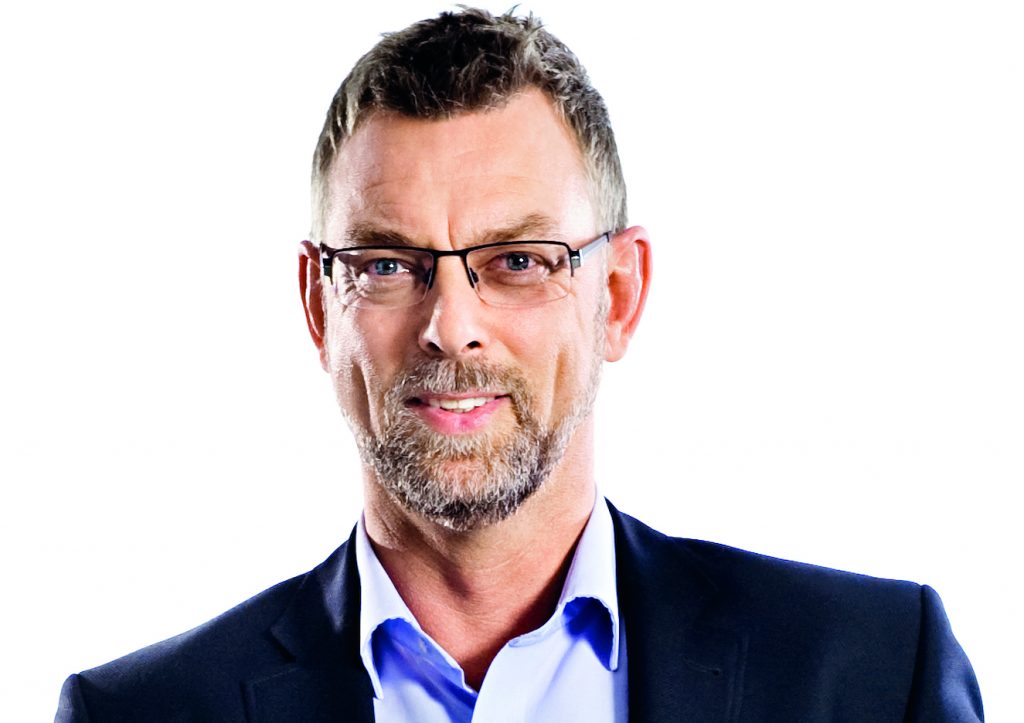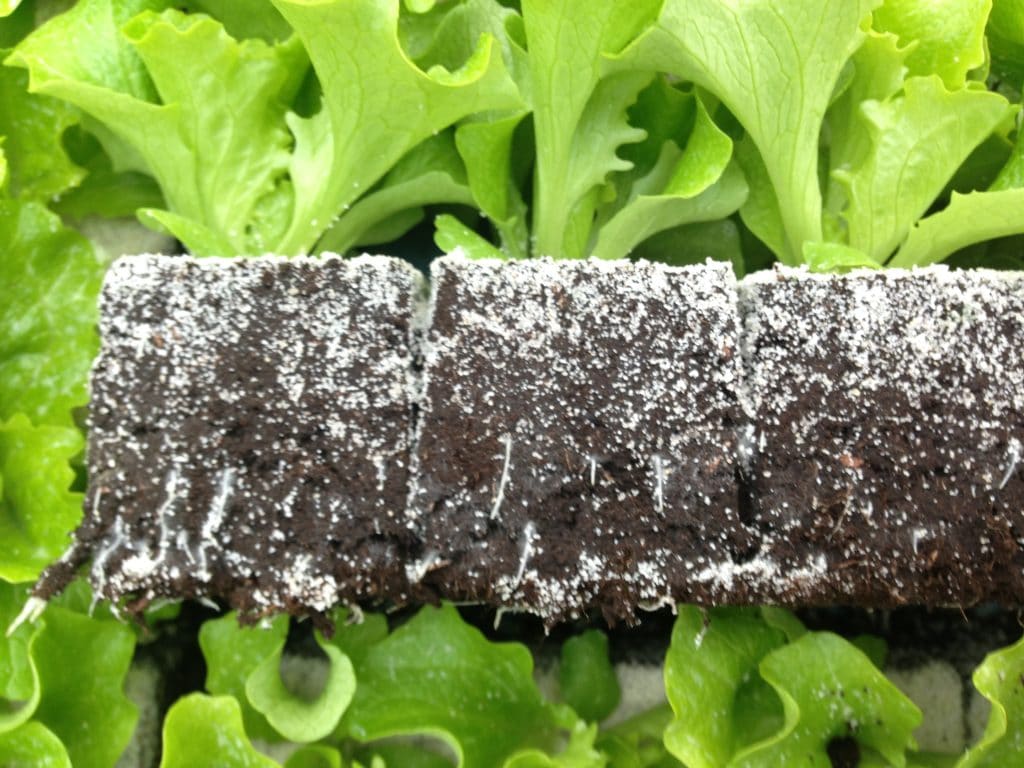The blocking substrate of the future
An article in the trade journal “Gemüse” (Vegetables)
Growing young vegetable plants in press pots has been one of the most important propagation systems for decades. Without this technique it would actually be impossible to produce the required numbers of young plants at present. We asked Hermann Limbers, Head of Advisory Services at Klasmann-Deilmann, about the future of this method and wanted to hear in particular about the future development of special substrates for the production of press pots.
Gemüse: Mr Limbers, why has the press pot technique been so successful for more than 40 years?

Gemüse: What are the most important horticultural advantages of this system?
Hermann Limbers: A good blocking substrate ensures very consistent plant quality as the press pot buffers water and nutrients. Once in the field, the young plants grow very quickly, which results in a homogeneous plant stock.
Gemüse: What were the most important developments over the last twenty years?
Hermann Limbers: The blocking substrates, press pot machines and planting machines have repeatedly been optimised and modified to match each other. The producers of the blocking substrates have developed recipes with different chemical and physical properties which are geared specifically to lettuce, corn salad, various types of cabbage or tomatoes, for instance. One of the key aspects was to optimise the supply of nutrients using special NPK fertilisers to permit better regulation of plant growth.
Gemüse: What are the most important components of a good blocking substrate?
Hermann Limbers: The main component is still thoroughly frozen black peat in combination with white peat of various textures. Clay powder not only improves nutrient buffering, but also optimises capillary water distribution and water uptake by the press pots after they have dried. Blocking substrates for organic cultivation contain 15 – 25 % by volume of substrate compost.
Gemüse: What are the greatest challenges that will face us over the next ten years?
Hermann Limbers: As a general rule, blocking substrates are relatively heavy because of the high water content. One key target will therefore be to reduce substrate weight in order to raise the loads that can be carried by one truck. This will save transport costs and simultaneously reduce emissions, thus improving the carbon footprint of seedling nurseries and substrate producers. Alternative substrate constituents will become more and more important, also for use in blocking substrates.
Gemüse: Can you provide a few more details?
Hermann Limbers: Black peat from Germany is still available, but over the long term the available quantities will decrease. That is one of the reasons why Klasmann-Deilmann began to produce black peat in the Baltic back in 2010. In the course of developing GreenFibre, the company’s own wood fibre product, and its increasing use in growing media, we began to consider the question of how this could also be used in blocking substrates – in other words, in a segment that is still dominated by growing media based entirely on black peat. By subjecting our wood fibres to a special process, we have succeeded in developing blocking substrates with a 20 % GreenFibre content which delivers press pots with excellent stability. This new generation of blocking substrates has been successfully used in practice for almost two years now.

Lettuce seedlings in Potgrond H growing medium with 15% GreenFibre
We also succeeded in reducing substrate weight even further by using peat of a specific texture which means that the raw material components are more or less “networked” in the press pot. This combination has already enabled us to reduce the share of black peat in blocking substrates to 50 %.
Gemüse: What consequences does this have for the seedling nursery?
Hermann Limbers: A higher share of water is added during the press pot production process. The manufacturers of press pot machines offer appropriate solutions for this. It also has to be expected that this will slightly raise the unit price of the individual press pots, because of the slight decline in yield per cubic metre of substrate. Nevertheless, this is the only efficient way to satisfy the elementary requirements for the future:
- Increasing use of alternative substrate constituents
- Reducing substrate weight
- Improvement in plant growth thanks to faster root development.
Gemüse: What new developments have there been for blocking substrates?
Hermann Limbers: Over the last few years we have examined in particular those factors which affect the stability of press pots. In cooperation with the Dutch Regeling Handels Potgronden foundation (RHP), we developed what is known as the “stability test”. This method allows us to simulate the production of press pots in the laboratory, to measure their stability precisely and calculate the optimum water content for each recipe during the pressing process.
The next step logically means that seedling producers will be able to measure the water content on their pressing machines. As yet the producers of press pot machinery have not yet been able to develop a technical solution.
Gemüse: What can a seedling producer do to influence the stability of the press pots?
Hermann Limbers: Firstly by setting the optimum water content during the pressing process, and secondly by shrinking the press pots properly during the growing cycle. Each time the press pots shrink, their stability improves, and this is an important criterion for their use on automatic planting machines.
Gemüse: What will the blocking substrate of the future look like?
Hermann Limbers: We plan to gradually increase the share of alternative constituents in blocking substrates. Thanks to the combination of GreenFibre wood fibre and our TerrAktiv substrate compost, blocking substrates with a 40 % share of alternative constituents are already successfully used in practice. There are no further alternative constituents in sight right now, but it is conceivable that glues could be further developed for use in practice. To date, these additives cannot be used on a commercial scale, but our product development experts are already tackling this challenge.
Gemüse: Thank you for the interview.
This article appeared in issue 1/2017 of the trade journal “Gemüse”.